The Rare Italian/American Apollo 3500 GT
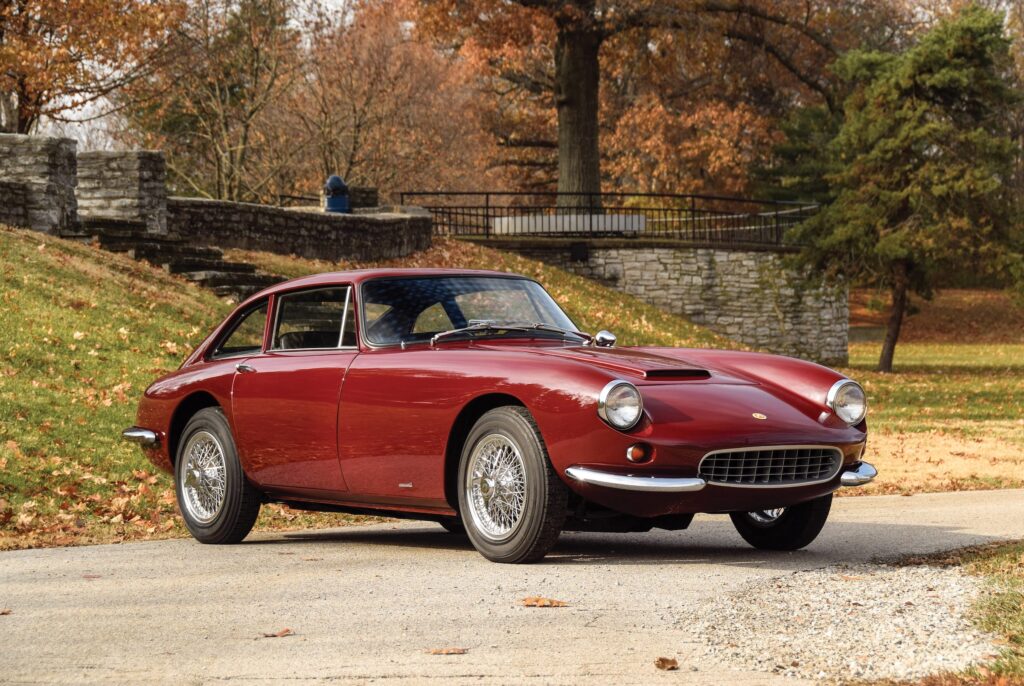
The Apollo 3500 GT, a rare and striking American-Italian sports car produced between 1962 and 1965, represents a bold attempt to blend European styling with American engineering. Conceived by California engineer Milt Brown, along with friends Ron Plescia and Ned Davis, the Apollo GT was designed to compete with the likes of Ferrari, Aston Martin, and Jaguar, offering exotic looks with reliable, serviceable American mechanicals. The project was ambitious, combining a hand-built Italian body with a robust Buick powertrain, but financial challenges limited its production to just 88 units, making it a coveted collectible today.
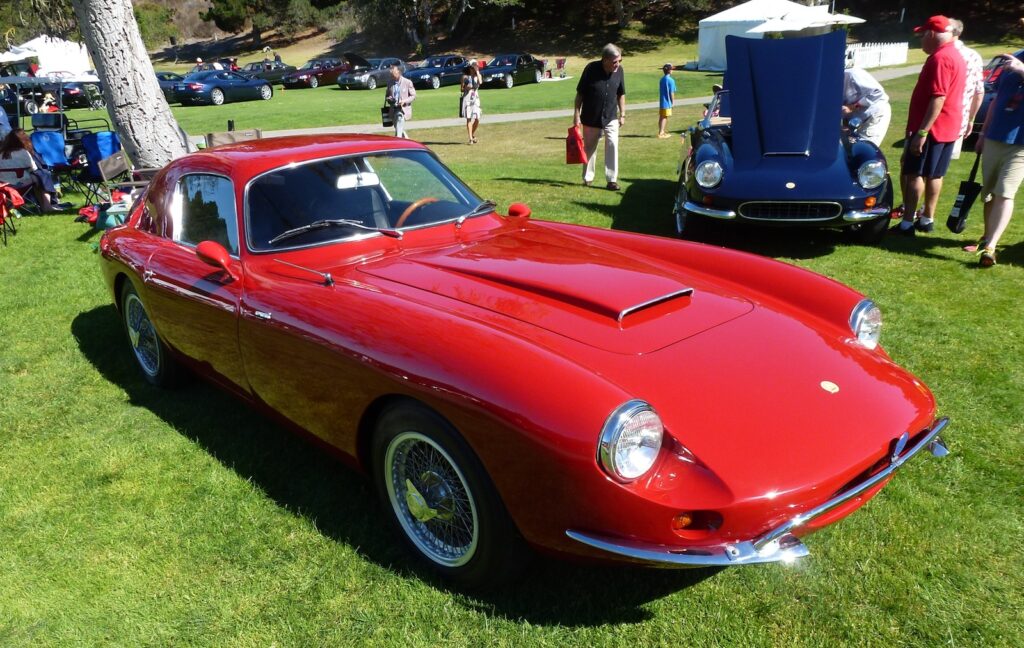
Design and Development
The Apollo GT was born from Milt Brown’s vision to create an American grand tourer with European flair. Brown partnered with Frank Reisner’s Carrozzeria Intermeccanica in Turin, Italy, after meeting at the 1961 Monaco Grand Prix. The car’s sleek, elegant body was designed by Ron Plescia, a graduate of Pasadena’s Art Center College of Design, with refinements by renowned Italian designer Franco Scaglione, known for his work with Bertone. The result was a car with a long hood, raked windshield, and fastback or convertible (Spider) profiles that echoed contemporary Italian GTs, often mistaken for a Ferrari.
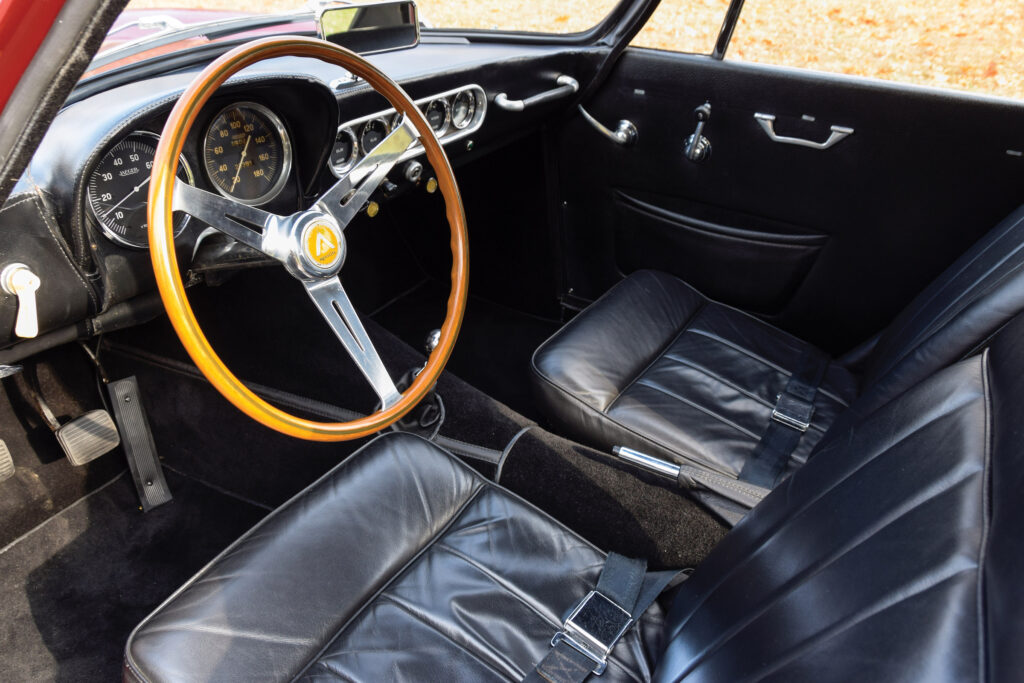
The chassis, a rigid ladder-type tubular steel frame, was engineered by Brown and utilized components from the Buick Special, including an independent front suspension with A-arms and coil springs, and a live rear axle with a four-link torsion-bar setup. The body was hand-formed by Intermeccanica in Turin, painted, and trimmed before being shipped to Oakland, California, where International Motor Cars (IMC) installed the powertrain.
Powertrain and Performance
The Apollo 3500 GT was powered by a Buick 215 cubic-inch (3.5-liter) all-aluminum V8, producing approximately 200 horsepower. This lightweight engine, later used by Rover in the UK, was paired with either a Borg-Warner T-10 four-speed manual or a three-speed automatic transmission. The car’s performance was impressive for its era, with a 0-60 mph time of around 7.5 to 8.4 seconds and a top speed approaching 140 mph. Its curb weight of approximately 2,500 pounds gave it a favorable power-to-weight ratio, contributing to its nimble handling.
In 1963, a larger 300 cubic-inch (4.9-liter) Buick V8 was introduced in the Apollo 5000 GT, offering 250 horsepower but adding a 150-pound weight penalty due to its cast-iron block, which some felt compromised the car’s handling compared to the lighter 3500 GT.
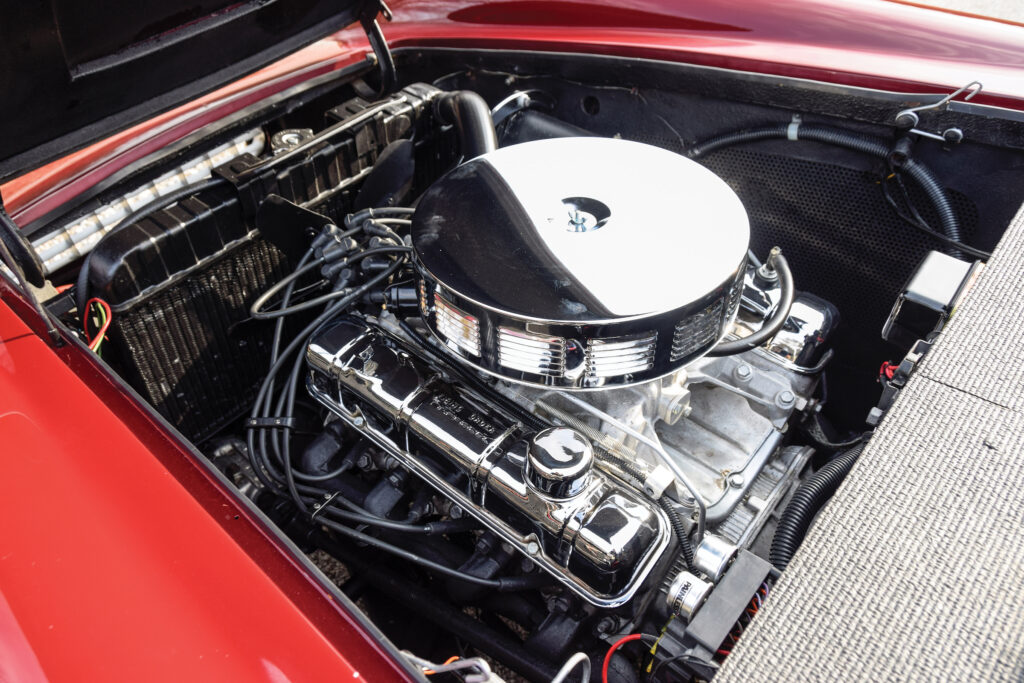
Variants and Production
The Apollo GT was offered in two body styles: a fastback coupe and a convertible known as the Apollo Spider. The coupe debuted at the 1963 LA Auto Show, priced at $7,105, while the Spider was introduced later that year at the San Francisco Auto Show. Of the 88 total Apollos produced, 79 were coupes, and just 9 were Spiders, with only five Spiders believed to survive today. A single Spider, chassis 2001/204B, was fitted with the 3.5-liter V8, making it exceptionally rare.
Production was limited due to financial difficulties. By mid-1964, IMC faced bankruptcy, having completed only 42 cars (40 coupes, one Spider, and one prototype). To keep Intermeccanica afloat, 24 body/chassis units were sold to Vanguard Motors in Dallas, Texas, where 11 were completed as Vetta Venturas, essentially rebadged Apollos. An additional 14 cars were assembled by Apollo International in Pasadena, California, under attorney Robert Stevens, with foreman Otto Becker completing six more. Four unfinished bodyshells remained unclaimed at Los Angeles docks until the 1980s.
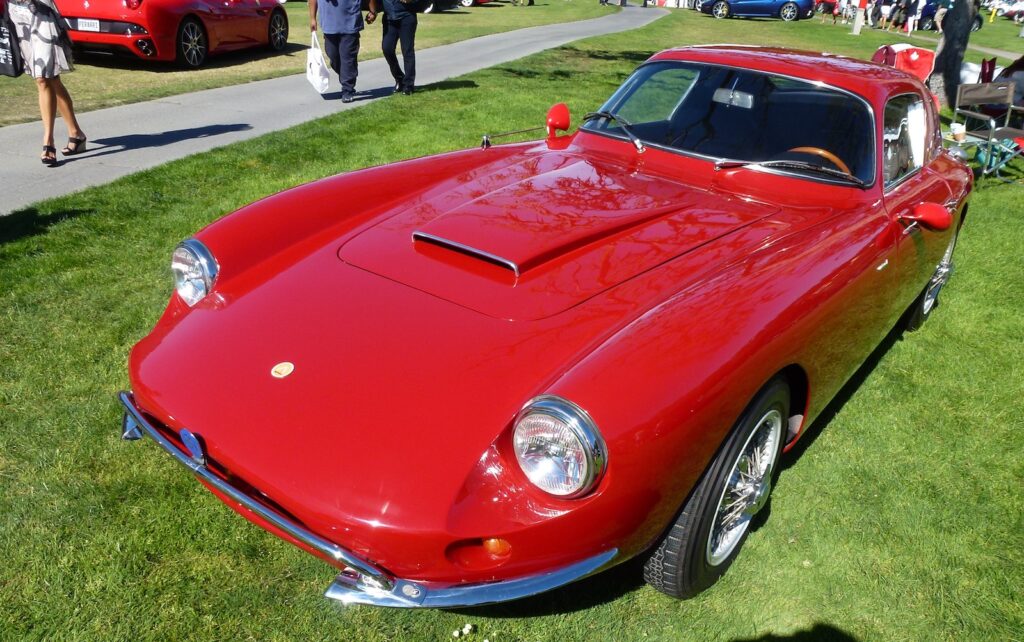
Features and Legacy
The Apollo 3500 GT was lauded for its build quality and attention to detail. It featured Borrani wire wheels with knock-off hubs, Michelin X radial tires, and a luxurious interior with gray or black leather upholstery, Wilton carpeting, and Italian-inspired touches like Jaeger gauges with Italian lettering and a grab handle for the passenger. The car’s design included split chrome bumpers, a low-profile hood scoop, and quad exhaust outlets, enhancing its exotic appeal.
Contemporary reviews praised the Apollo’s performance and handling. Road & Track called it “quiet, comfortable, and well-finished,” while Denise McCluggage compared it favorably to Ferrari and Aston Martin. Its appearance as the “Thorndyke Special” in Disney’s The Love Bug (1968) cemented its pop culture status, though many mistook it for a Ferrari or a custom prop.
Despite positive press, high production costs—particularly shipping bodies from Italy—and GM’s refusal to allow Buick dealers to sell the Apollo to protect the Corvette led to IMC’s collapse in 1964. The Apollo’s legacy endures as a “Milestone Car,” recognized for its innovative American-Italian hybrid design.
Collectibility and Market Value
Today, the Apollo 3500 GT is highly sought after by collectors due to its rarity and unique heritage. Auction prices reflect this, with a 1963 3500 GT coupe (chassis 1003) selling for $242,000 and the first Apollo Spider (chassis 2001/204B) fetching $506,000 at Worldwide Auctioneers in 2019. A 1965 5000 GT sold for $165,000, while a 1963 coupe (chassis 1004) reached $134,400 at RM Sotheby’s in 2019. These sales highlight the increasing interest in the marque, particularly for well-restored examples with documented provenance.
Notable examples include chassis 1004, a well-preserved early coupe with a numbers-matching 3.5-liter V8 and four-speed manual, and chassis 1027, a 1963 model with just three owners from new, both celebrated for their authenticity and condition. The Apollo’s serviceability, thanks to its Buick mechanicals, adds to its appeal for enthusiasts who value drivability alongside collectibility.
Cultural Impact and Modern Recognition
The Apollo GT’s blend of Italian styling and American power has earned it a cult following. Its appearance at prestigious events like the 1995 Pebble Beach Concours d’Elegance (where a Spider placed second in class) and the 2013 Concorso Italiano underscores its growing appreciation. Milt Brown, who remained involved with the Apollo community into his later years, formed Apollo Classic to verify the authenticity of surviving cars, further cementing the marque’s legacy.
In summary, the Apollo 3500 GT is a testament to Milt Brown’s vision of an American GT that could rival Europe’s finest. Though its production was brief, its combination of hand-crafted Italian bodywork, reliable Buick engineering, and striking design ensures its place as one of the most remarkable and collectible GT cars of the 1960s.


